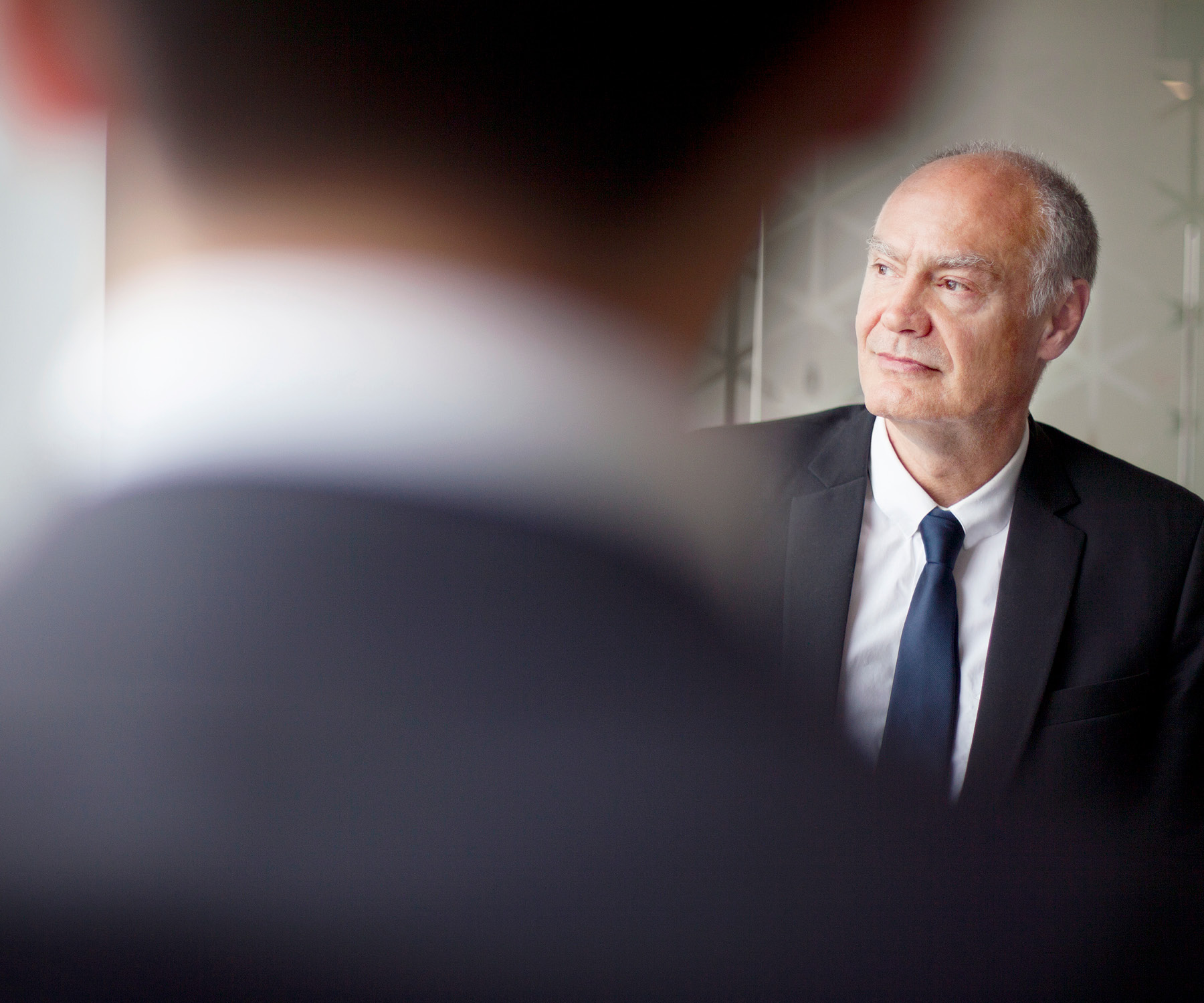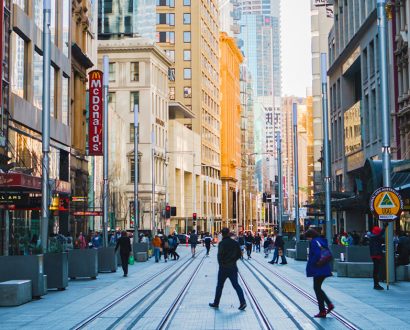The founder is often the firestarter, the one who sees what others can’t and builds what others won’t. But the very qualities that fuel a company’s early success can become a bottleneck as it grows.
The tension between the founding vision and distributed decision-making sits at the heart of one of the most difficult questions in business: When should a founder step aside?
It’s a question I explored closely while researching my book. I’ve interviewed founders, studied public companies and analyzed leadership transitions through the lens of long-term investor outcomes.

What kind of spark doesn’t fizzle out, but fuels a bonfire that lasts for decades?
My conclusion? There’s no one-size-fits-all answer, but there is a clear framework for each situation. The right time for a founder to move on isn’t when they’ve run out of energy. It’s when the company’s identity has evolved beyond its personal strengths and things begin to stagnate.
As an investor, I’m not just focused on quarterly results. I’m asking a longer-term question: What kind of spark doesn’t fizzle out but fuels a bonfire that lasts for decades?
Not all founders are replaceable
Take Patagonia. Yvon Chouinard didn’t just build an outdoor brand, he embedded a deeply unconventional culture of environmental activism and anti-consumerism. The company’s identity is rooted in his values – from resisting hyper-growth to giving away the company to benefit the planet.
You could appoint a better CEO by traditional measures, perhaps someone with sharper retail instincts or experience scaling globally.
But doing so might break the trust and authenticity that define Patagonia. It wasn’t just what Chouinard did, it was how he led – with integrity, restraint and a long-term outlook — that both customers and investors valued.

The role of boards, management and investors is to work out when the founder is still the catalyst and when they’ve become the ceiling.
Now contrast that with Starbucks. Howard Schultz was a visionary founder, but even he understood when the business needed professional operators. At key moments, stepping aside made the company sharper – more disciplined, more digitized – even if he later returned to reignite the cultural flame.
Both leaders were essential to their companies, but each business needed something different at a different time.
The role of boards, management and investors is to work out when the founder is still the catalyst and when they’ve become the ceiling.
Founder-driven versus founder-enabled
In The Founder Effect, I outline a framework to help evaluate executive teams. There is a key distinction between founder-driven and founder-enabled businesses.
Founder-driven companies rely heavily on the founder’s direct presence. Vision, values and decision-making are closely tied to their personality. Think Elon Musk or early Netflix under Reed Hastings. The company and the founder are inseparable.

Their goal shouldn’t be to remain indispensable, but to build a decision-making system that can ultimately outlast them.
Founder-enabled businesses, on the other hand, have absorbed the founder’s thinking into their systems. Their leadership principles can endure, even as new CEOs take over. Think Adobe after John Warnock or today’s BYD under Wang Chuanfu. The founder matters, but the organization no longer depends entirely on them.
The real challenge is that many founders fail to see the difference. Their goal shouldn’t be to remain indispensable, but to build a decision-making system that can ultimately outlast them – a way of working that embodies their philosophy without requiring their daily presence. The real risk isn’t staying too long; it’s staying without evolving.
The real risk: rigidity, not tenure
Some of the most successful founders didn’t exit – they evolved. Jeff Bezos shifted from being hands-on to focusing on long-term strategy. Reed Hastings pivoted Netflix’s business model more than once before stepping back.
What derails companies isn’t founder longevity, it’s rigidity. When a founder’s instincts no longer align with the company’s needs and they resist change, everything else starts to suffer – strategy, hiring and innovation. That’s when the bottleneck forms.

If the founder is still making space for growth, they can stay. But if they’re standing in the way, it may be time to move on.
As an investor, I’m not looking for a perfect handover moment. I’m watching for signals:
– Is the founder looking to distribute decision-making?
– Are they evolving their role?
– Do they invite challenge or surround themselves with yes-people?
If the founder is still making space for growth, they can stay. But if they’re standing in the way, it may be time to move on.
So, when should they step aside?
The answer isn’t binary, but it isn’t vague either.
The moment a founder becomes the limiting factor – culturally, strategically or operationally – is when investors and boards need to push for change.
This isn’t about replacing founders for efficiency’s sake. It’s about understanding what kind of leadership the business needs to succeed in its next chapter.
Some founders remain relevant for decades – Warren Buffett comes to mind. Others are essential early on but not built to lead forever. The key is knowing the difference: has the company outgrown the founder, or is the founder still evolving with the company?







